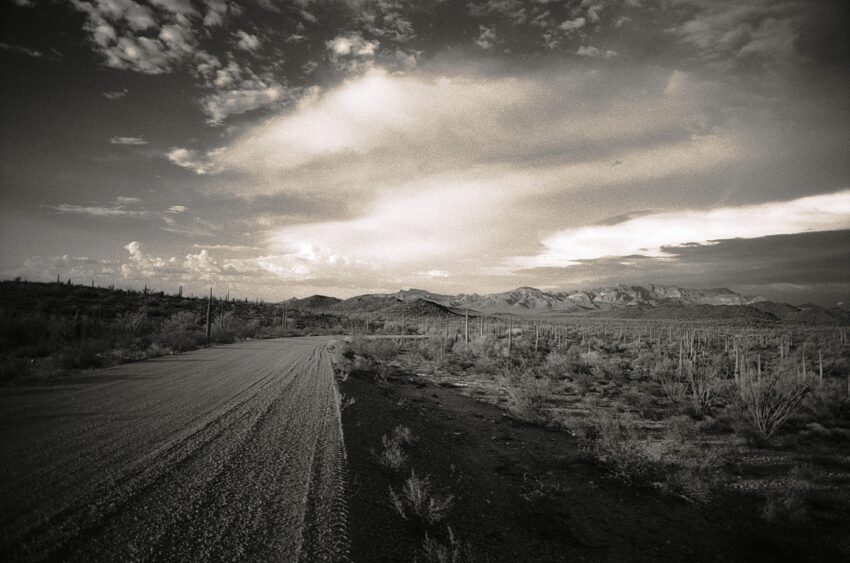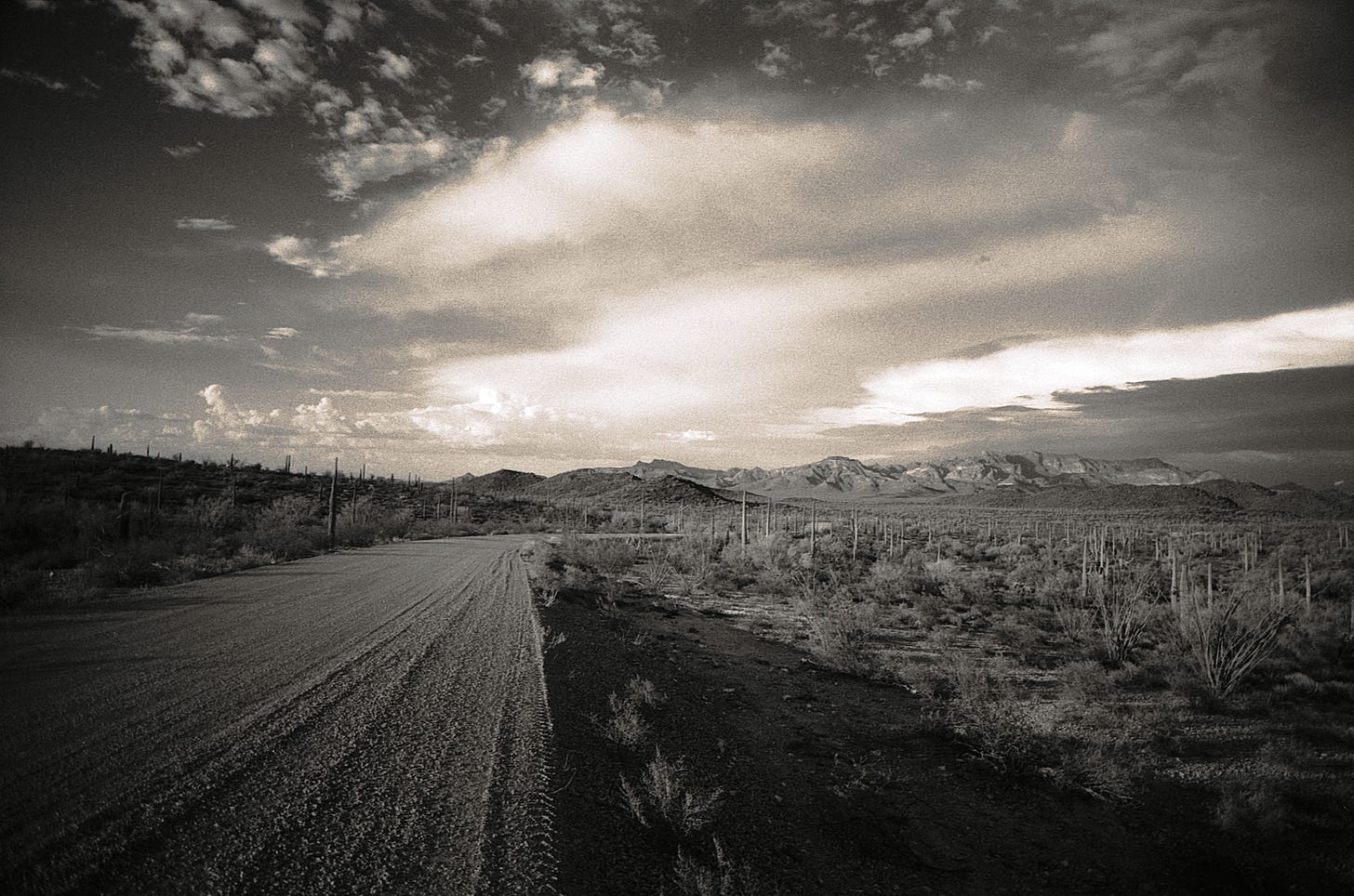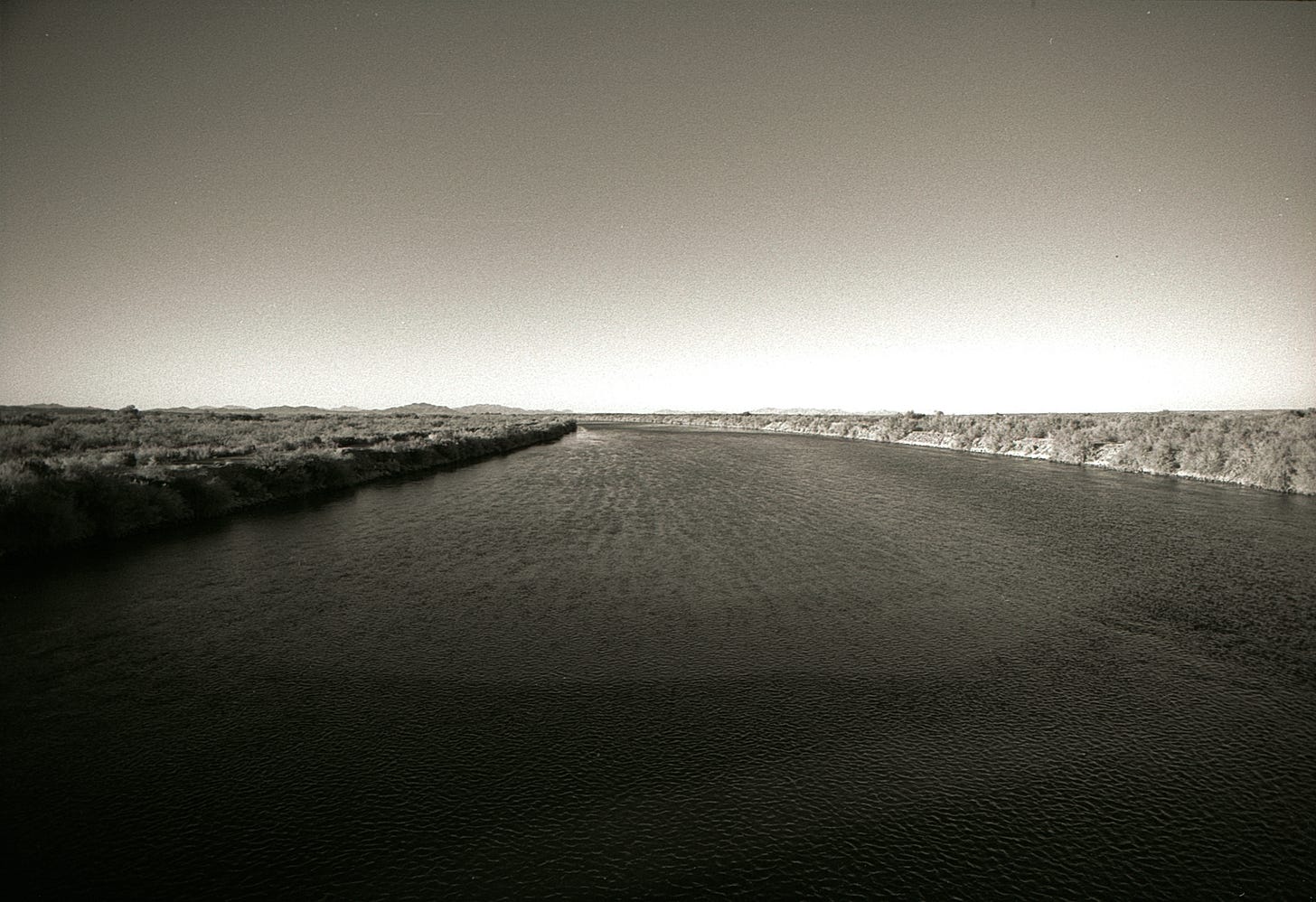One small pleasure of living in Southern Arizona is how often people on the other end of the phone, in other places, comment on the loud background of birdsong. I had never been on the receiving end of this until the last day of February, when a friend in Sonora, Mexico, sent me two voice messages over WhatsApp. When I clicked play, it wasn’t her voice that first came through the speaker but the heeheehee heeheehee of a Gila woodpecker. As she spoke, I heard the coo of a mourning dove. It brought me pleasure to picture her recording the message on her patio while I listened to it on mine, surrounded by the same carpinteros and palomas—a sonic unity in a region too often defined by division.
I became more mindful of the sounds around me after the Dia Foundation, a contemporary-art organization in New York, launched an installation in December titled Echoes from the Borderlands. The piece is a 24-hour “sonic essay” that splices field recordings from the length of the U.S.-Mexico border with narration inspired by the region’s past and present. The first half of the audio essay, “Study 1,” is available online in a condensed 70-minute version and in an accompanying chapbook.
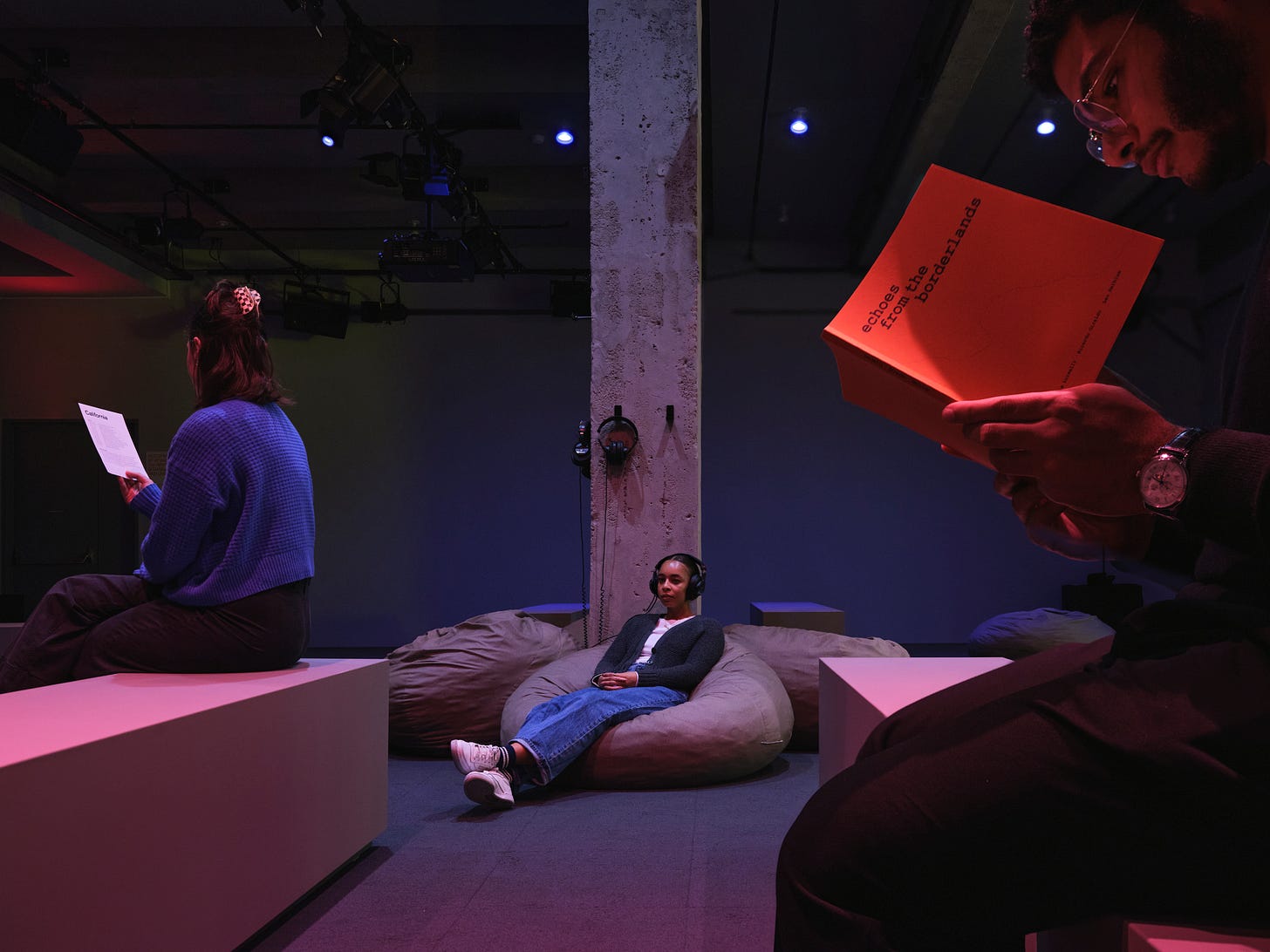
Echoes was composed by a group of three artists: writer Valeria Luiselli, who was born in Mexico City and now lives in New York, and sound artists Ricardo Giraldo and Leo Heiblum, who live in Mexico City and Tepoztlán, Mexico, respectively. The collaboration caught my attention because it seemed to bring to life a fictional sound project from Luiselli’s 2019 novel Lost Children Archive.
The novel follows a blended family on a road trip from New York to Arizona’s Chiricahua Mountains. The drive marks their final weeks together as a family; the parents, both sound artists, have decided to separate. During the trip, the unnamed father researches Geronimo, the Apache leader whose 1886 surrender marked the end of the Southwest’s Indian Wars. Meanwhile, the mother reports on the arrival of thousands of unaccompanied immigrant minors at the border—the book takes place during Trump’s first administration—while also searching for a friend’s daughters, who are being held in a detention center.
The marriage is doomed in part by the couple’s profound disagreement over their work. “He was an acoustemologist and soundscape artist who had devoted his life to sampling echoes, winds, and birds,” the wife reflects in the novel. “He … never understood or came to terms with the sound tradition that I was educated in, a tradition much more journalism-based and narrative-driven.” Where she seeks truth by “getting the facts of the story as right as possible,” he aims to capture previously ignored layers of the world, referring to this work as an “inventory of echoes.”
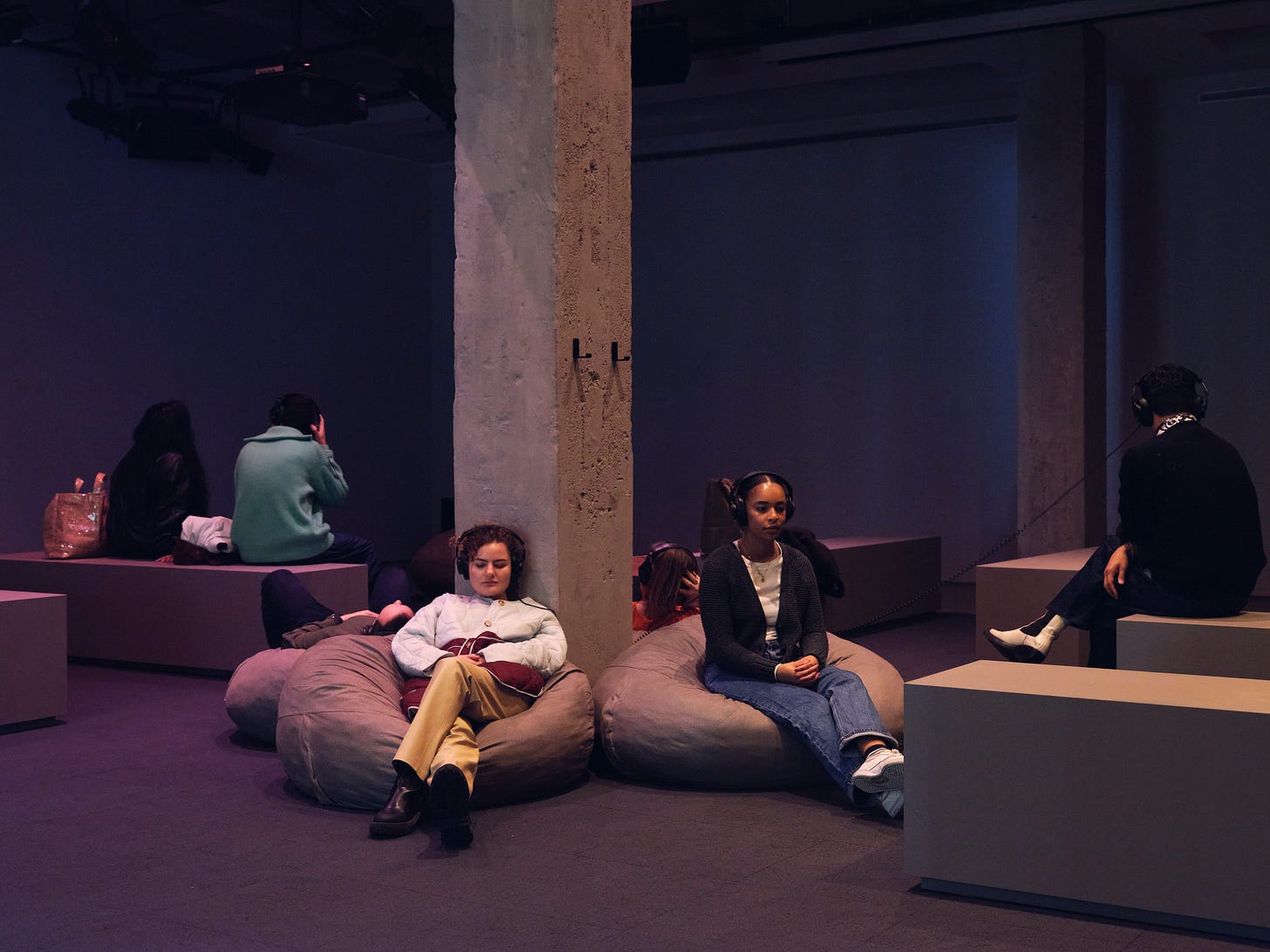
The sound installation Echoes from the Borderlands aims to reconcile this divide, incorporating both audio clips and narration. It samples train wheels, saguaro spines, and the songs and speech patterns from various people in the borderlands. It opens with whales and waves, later interrupted by the voices of Border Patrol agents—a juxtaposition of found sounds that pierces the heart of what is tragic about the region: that it is a place where beauty is shot through by militarization.
Mixed with these echoes is a narrative—written by Luiselli and read by a cast of voices—that tells a history of the region. The chapbook serves as a kind of libretto to follow along, offering the text of this essay along with timestamps, locations, and descriptions of the field recordings.
During the first half of the 70-minute recording, slowly moving along the southern border of California, the narration explores the history of border fencing, the etymology of barbed wire, the nature of detention centers, the Salton Sea, and the connections between irrigation infrastructure and eugenics. “Imagine the pipes and lines: / 2.6 million miles of pipelines / twisted and untwisted fallopians / under the body of the United States of America,” a voice reads. A robotic-sounding chorus chants “channeling it” and “just imagine it” several times, gratingly.
As the narrative moves into Arizona, it draws links between women’s bodies and violence against land—in this case, IUDs and copper mining. “The oldest metals known to humans / human hands plus human imagination, machination / are gold, silver, then copper,” reads Voice II, after describing Bisbee, Arizona’s Copper Queen Mine in Spanish. The voice continues, “In the genealogy of the IUD, the three metals made the lineage: / gold, silver, then copper / in that order.”
As a writer and journalist, I turn facts, voices, and ideas into a cohesive narrative. But listening to Echoes from the Borderlands, I found myself siding with the acoustemologist. In the audio, the narrated text eclipses the field recordings, at times flattening the world they had begun to conjure. Although the introduction to Echoes from the Borderlands states that the project “operates as a set of counternarratives” and “thus offers a means of repair,” by focusing its narrative layer on violence and colonial dispossession, it drowns out the everyday voices and sounds that represent life in the region. I wanted to hear more of the borderlands’ own sounds, which come through only in occasional gaps: the clanging of mining machinery, the casual speech of people describing the lands where they live, and, of course, the chatter of birds.
I wondered if such a project existed and went looking. I discovered Border Soundscapes, which conjures an aural landscape that is more serendipitous in its many unpredictable layers. Created by José Manuel Flores and Lucía Durá, rhetoric professors at the University of Texas–El Paso, the project’s list of field recordings is delightfully uncurated: it includes six different pedestrian crosswalk signals, multiple insects, a street-performing rock band, and recordings of taco and elote vendors. It also crosses into Mexico, capturing sounds in Ciudad Juárez as well as in El Paso, a side of the borderlands that is unfortunately absent from Echoes.
After listening to these sound projects, I opened the voice memos on my phone to conduct an experiment of my own. What sounds had I inadvertently captured while reporting in the borderlands but ignored in my quest to impose narrative? I heard cenzontles and cactus wrens; the low-flying military aircraft that shake my house’s windows; the brass of banda and norteño songs; the slow Spanish of a rural Sonora rancher speaking to me over the clinking of his pickaxe against rock.
The borderlands have a rich aural landscape. To enter this world, perhaps the trick is to quiet our narratives about the region and let its echoes resound louder, speaking for themselves.
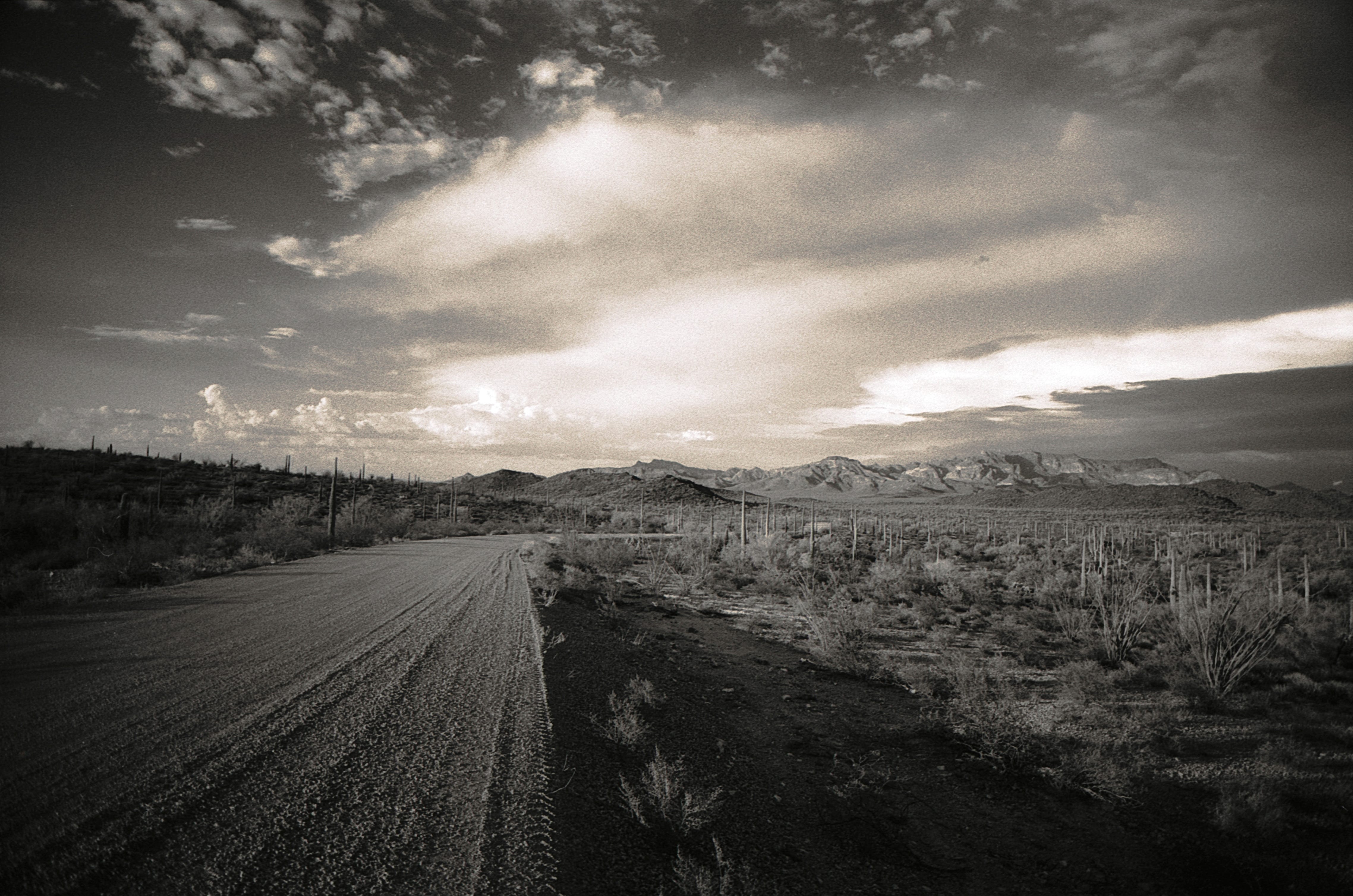 Read more: Read More
Read more: Read More




